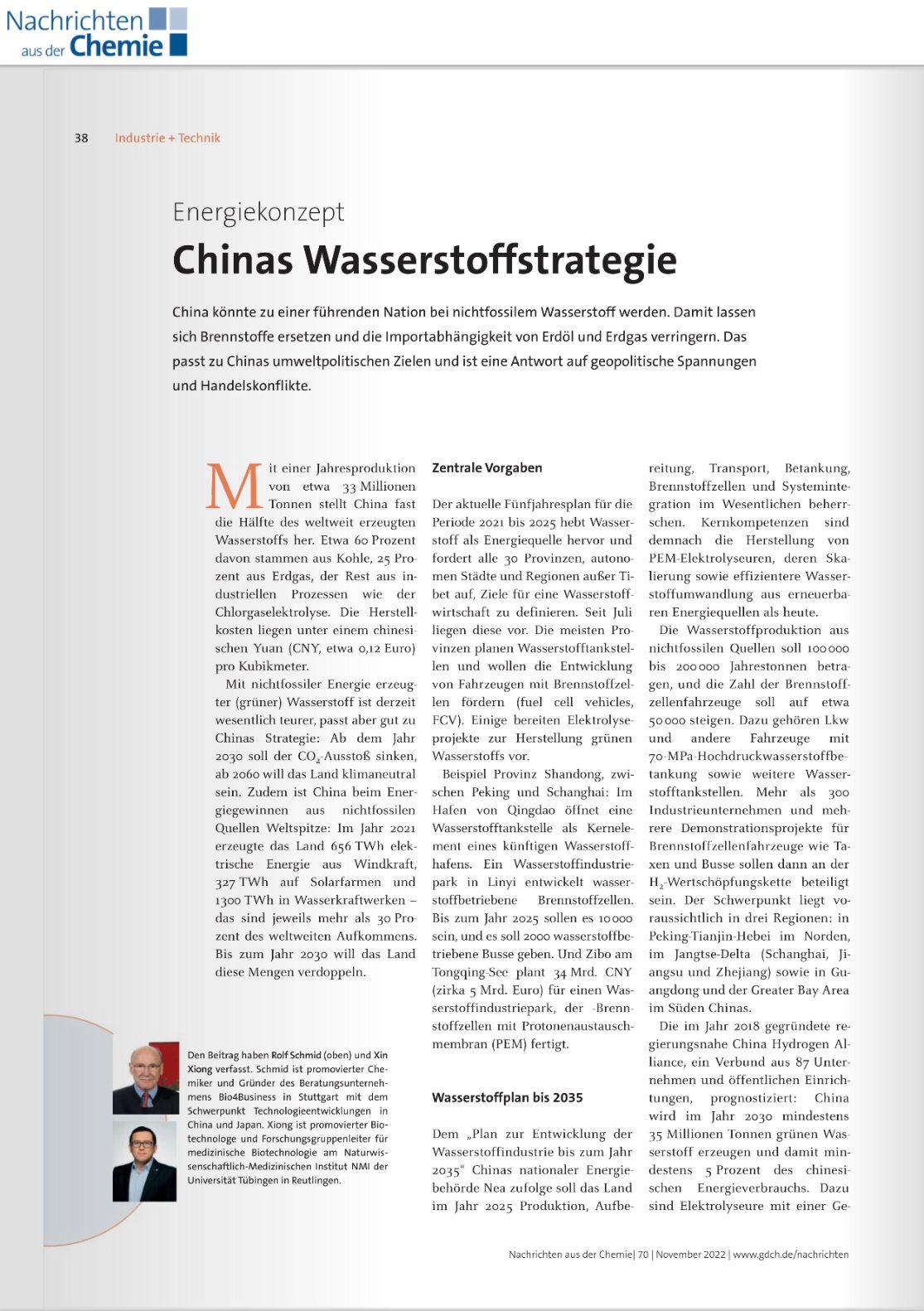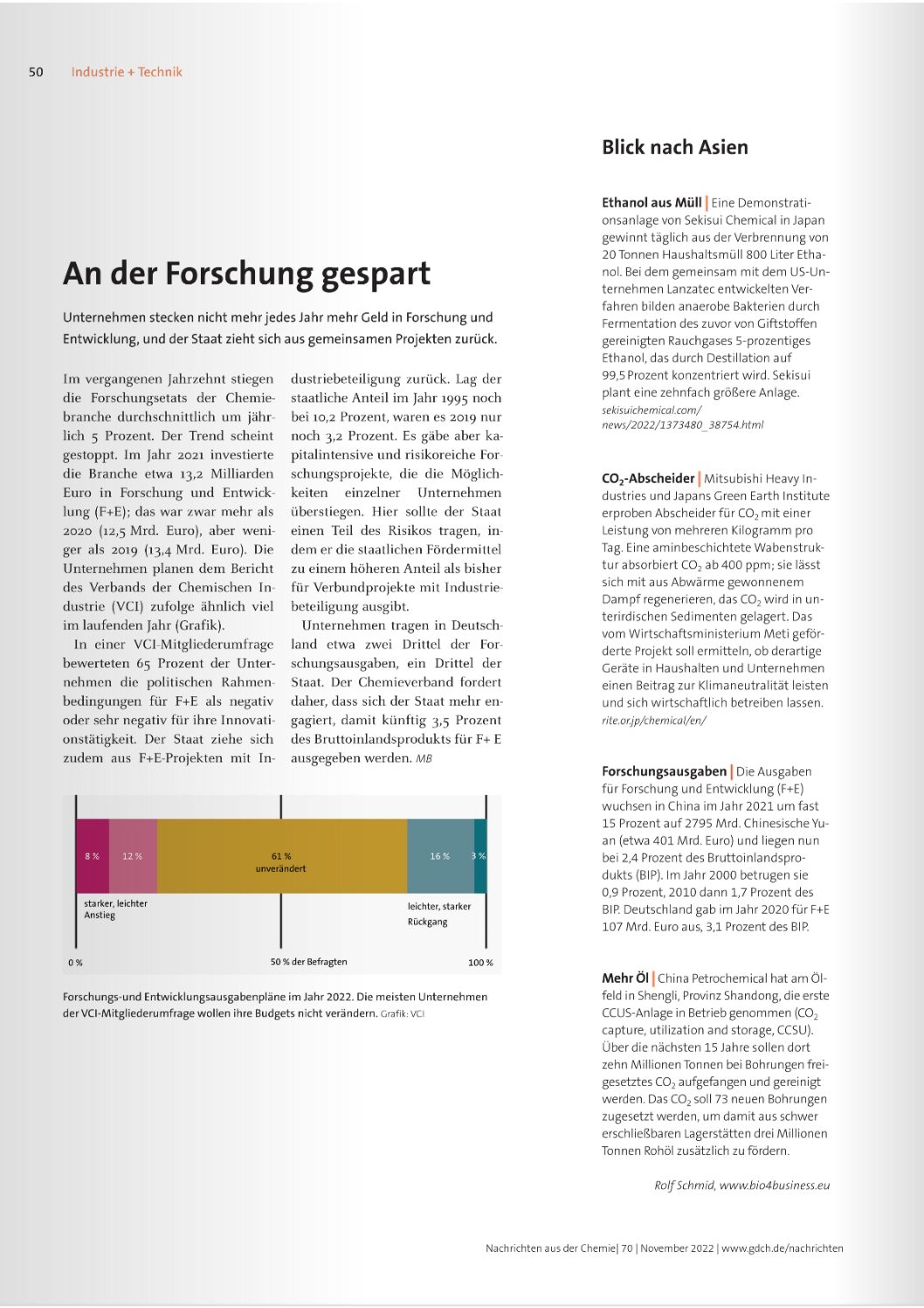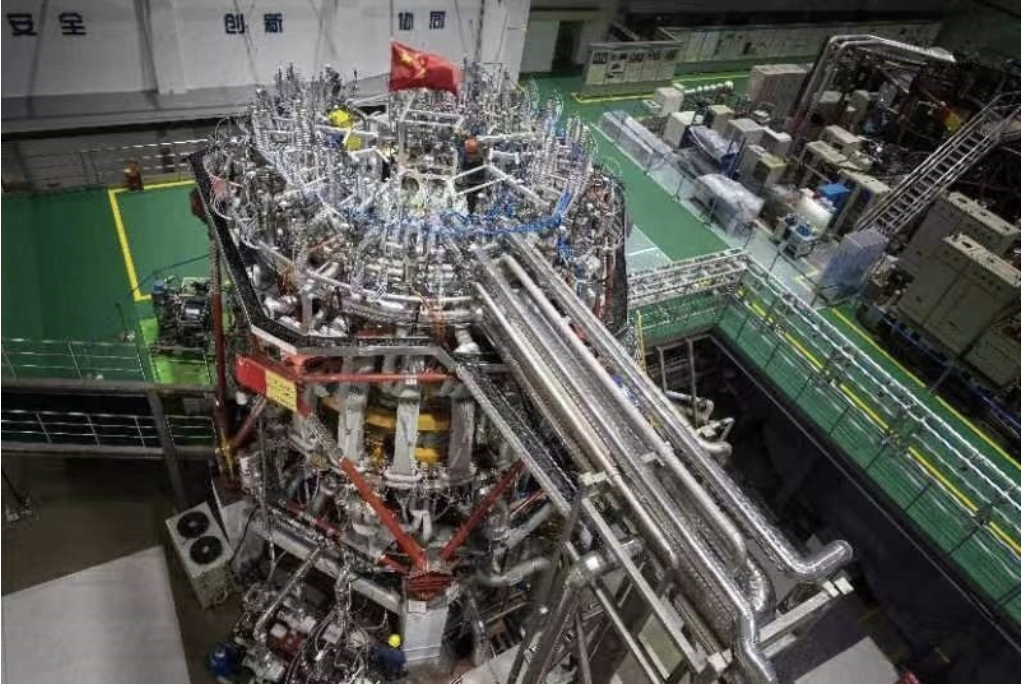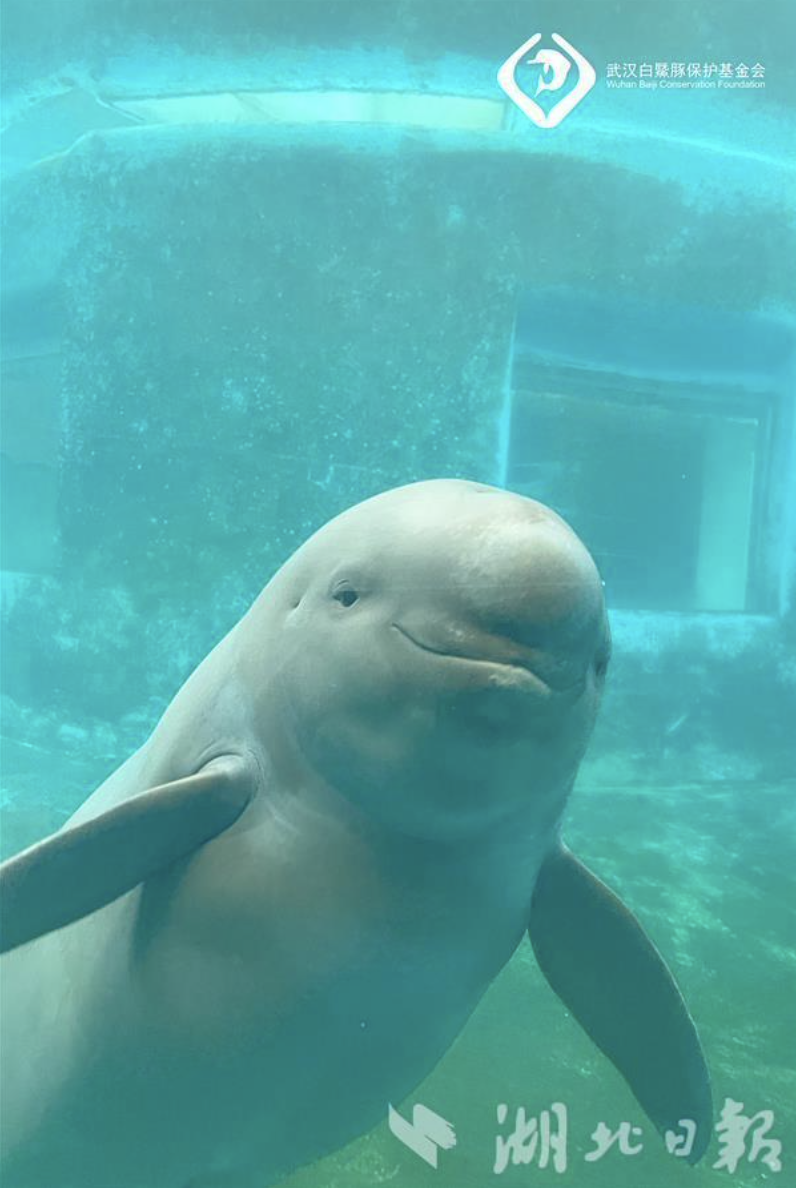http://en.people.cn/n3/2022/1025/c90000-10163356.html https://link.springer.com/article/10.1007/s00376-022-2237-5 BEIJING, Oct. 25 (Xinhua) — China’s carbon dioxide monitoring satellite TanSat has produced its first batch of human-caused carbon dioxide emission (CO2) signatures, offering a scientific basis for the country’s efforts to combat global warming. TanSat, launched in 2016, is China’s first global carbon dioxide monitoring satellite, with “Tan” standing for “carbon” in Chinese. The 620-kg satellite TanSat, sent into a sun-synchronous orbit about 700 kilometers above the earth, is monitoring the CO2 concentration, distribution and flow in the atmosphere. Recently, new algorithms were uploaded onto the TanSat devices, thus greatly improving its measurement precision. TanSat is China’s first CO2 monitoring mission to conduct research on the global carbon cycle. The new generation of TanSat mission, TanSat-2, is now in the design phase, said the paper’s co-author Liu Yi, an IAP researcher. TanSat-2 is a constellation of satellites distributed into at least two orbits in the morning and afternoon to cover a city or a point source twice a day. It is expected to be used to monitor cities with an 800-1000 km wide swath to record the gradient of carbon dioxide from the city’s central region to rural areas, and it will use a 500-meter footprint size to improve the emission estimation accuracy, Liu noted. The concentration of CO2 in the atmosphere has increased from 280 ppm to 400 ppm over the past 150 years, leading to an increase in average global temperatures of about 0.7 degrees Celsius over the last century. The emissions caused by fossil fuel combustion are particularly localized, with urban areas being the dominant contributor responsible for more than 70 percent of global emissions. Therefore, more carbon satellites are needed to obtain high-precision data on human-caused emissions from cities. China launched a national carbon market in July 2021, and had seen a cumulative turnover of 195 million tonnes of carbon emission quotas worth nearly 8.6 billion yuan (about 1.2 billion U.S. dollars) by Sept. 14. The country pledged to peak CO2 emissions by 2030 and achieve carbon neutrality by 2060.






